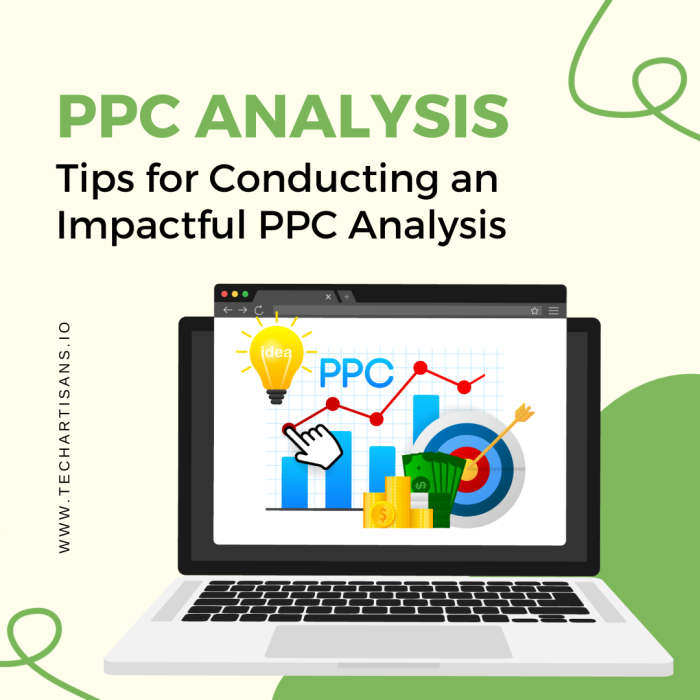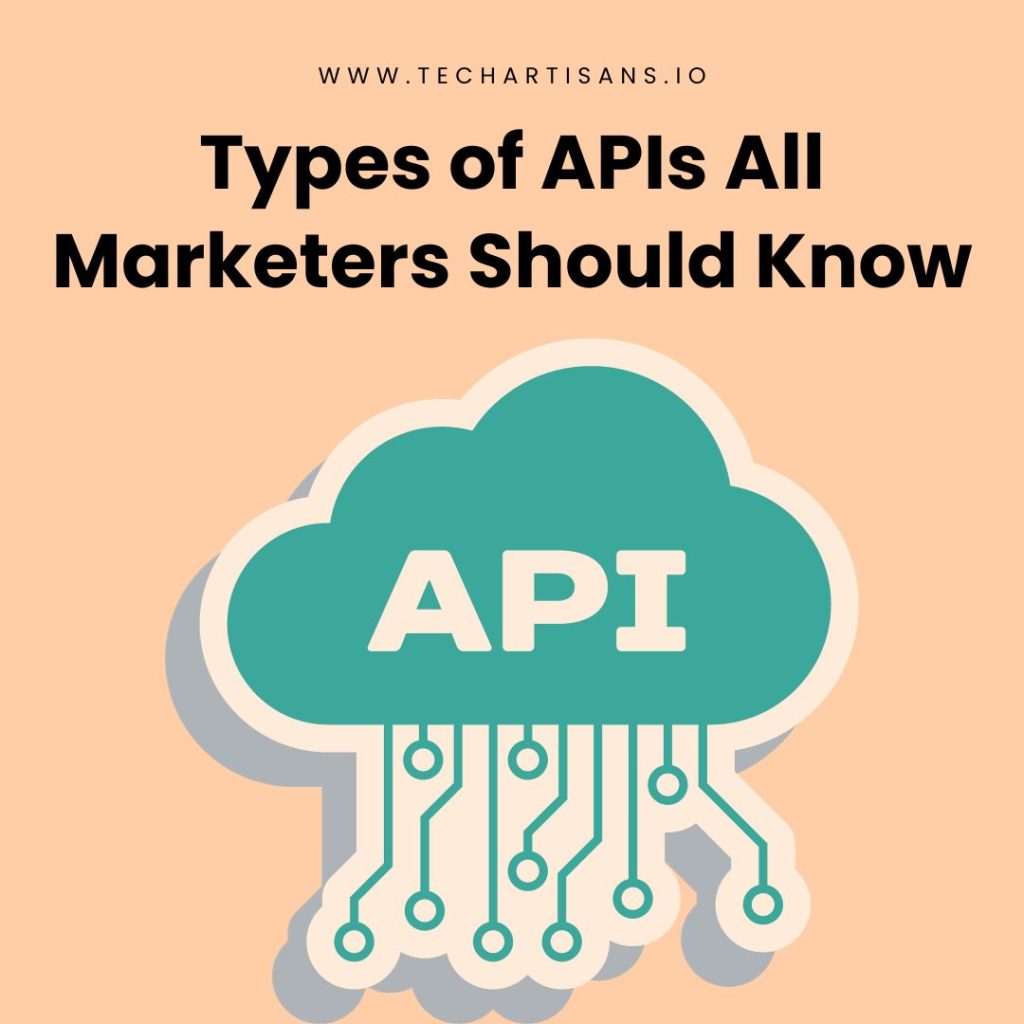Pay-per-click (PPC) is essential for boosting your online business visibility, attracting specific website traffic, and improving conversion rates, but the true power lies in ongoing PPC analysis. Learn more about effective PPC management strategies.
This process allows you to assess campaign effectiveness, make real-time strategy adjustments, and ultimately optimize your return on investment, which is especially beneficial for small to medium-sized businesses. Let’s delve into effective tips to conduct an impactful PPC Analysis.
What is PPC analysis?

PPC Analysis is a powerful tool in digital marketing to evaluate the performance and effectiveness of your Pay-Per-Click campaigns. Discover more about how to improve web performance, which is crucial for successful PPC campaigns. It involves a comprehensive review of various metrics, including impressions, clicks, conversions, and cost, to pinpoint the strengths and weaknesses of your PPC campaigns.
Read Digital Marketing Kickstart: Finding Your Starting Point
PPC Analysis in Optimizing Ads. Campaigns

PPC analysis serves as a guiding compass in optimizing your ad campaigns. Providing critical insights into your ads’ performance helps pinpoint what’s working and what needs refinement in your PPC campaigns. Explore the benefits of using Google Analytics for deeper insights. It enables you to adjust your bidding strategies, refine your target audience, and tweak your ad copy for better engagement and higher conversion rates.
Importance of Setting Clear PPC Goals

Establishing clear and measurable PPC goals is pivotal in optimizing your PPC campaigns. Understand the principles and fundamentals of SEO to set better PPC goals. It offers a roadmap for success, enabling you to track progress, evaluate performance, and strategically adjust your campaigns. Whether increasing website traffic, boosting sales, or enhancing brand awareness, each goal guides your journey toward digital marketing success.
1. Establishing Clear Objectives

Setting unambiguous objectives for your PPC campaigns is an essential initial step. This involves determining what you want to achieve with your campaign – driving more traffic to your website, boosting online sales, or increasing brand visibility. These objectives provide a clear direction for your PPC campaign and set the benchmarks for its success.
2. Common Marketing Goals

Marketing goals dictate PPC strategies. Increasing brand awareness aims for higher company visibility, whereas driving web traffic seeks more site visitors to improve conversion rates. Driving sales aims to enhance product or service purchases, whereas generating leads focuses on collecting data from potential customers. These goals require unique strategies and metrics for PPC analysis.
Conducting Keyword Research

Keyword research is a strategic process of discovering and analyzing the terms people use to search for your products or services. Learn more about keyword research with this step-by-step guide. By understanding these keywords, you can align your PPC campaigns with your audience’s language, enhancing visibility, driving targeted traffic, and increasing conversions.
1. Targeting the Right Keywords

Targeting the right keywords is crucial in a PPC campaign. It ensures your advertisements reach the appropriate audience to those actively searching for your products or services. This increases the probability of conversions and optimizes your ad spend, delivering a higher return on investment.
2. Tools and Techniques

Effective keyword research demands using tools like Google’s Keyword Planner, SEMRush, or Moz’s Keyword Explorer. These tools provide insights into keyword search volume, competition, and relevance.
Techniques such as examining competitor keywords and using long-tail keywords can effectively boost your PPC campaign. These strategies help align your ads closer to users’ search intent, enhancing visibility and conversions.
3. Understanding Negative Keywords

Negative keywords prevent your ad from being displayed when they are part of the search query. This is beneficial as it prevents your ads from appearing in unrelated searches, saving you from unnecessary ad expenditure.
For example, if you’re selling new cars, including ‘used’ as a negative keyword will ensure your ad doesn’t appear for ‘used cars’ searches. This feature of PPC analysis helps maximize your ad spend by ensuring your ads only reach the most relevant audience, which can improve conversion rates.
Competitive Analysis in PPC

Competitive analysis in PPC is a strategic approach to understanding how your competitors are running their pay-per-click campaigns, Here’s how to uncover where your competitors are advertising providing valuable insights that can be used to optimize your strategies and achieve marketing success.
1. Identifying Main Competitors in PPC

Identifying your main competitors in PPC requires thorough research to understand which businesses are targeting the same keywords and audience as you. Use tools like SEMRush or SpyFu to identify these competitors and analyze their ad strategies.
2. Analyzing Competitors’ Keywords and Ad Strategies

Analyzing your competitors’ keywords and ad strategies involves scrutinizing their chosen search terms, ad copy, and overall advertising approach. Tools such as SEMRush or SpyFu can provide insights into the keywords your competitors are targeting, their ad spend, and the effectiveness of their strategies.
3. Competitor Ad Copy and Landing Page Insights

Gaining insights from your competitors’ ad copies and landing pages is critical to a powerful PPC analysis. Examining their ad copy can reveal effective keywords, calls to action, and promotional strategies. On the other hand, analyzing landing pages offers an understanding of their user experience, design aesthetics, and conversion strategies.
Crafting High-Performing Ads

Crafting high-performing ads is an art that blends creativity with strategic thinking. Find out more about the most important web design trends to know, which can influence ad design and is an integral part of a successful PPC analysis.
1. Compelling Ad Copy

To succeed in your PPC campaign, you must write compelling ad copy. It’s all about connecting with your audience, grabbing their attention, sparking interest, and motivating them to take action. Start with a concise and intriguing headline that embodies your offer.
In the description, highlight your unique product or service and why customers should choose you. Finish with a strong call-to-action (CTA) that encourages viewers to take a specific action, like clicking a button, making a purchase, or filling out a form; a persuasive CTA can significantly boost your conversion rates.
2. Importance of Clear CTAs

Clear CTAs (Call to Action) are crucial as they guide your visitor’s journey, leading them towards the desired action – purchasing, signing up, or downloading a resource.
An unambiguous, compelling CTA removes the guesswork, providing clear direction and making the decision-making process easier for the users.
3. Optimizing Landing Pages

Optimizing landing pages is a critical part of PPC analysis. A well-optimized page improves the user experience and boosts conversion chances. Start with an attractive, easy-to-navigate, and mobile-friendly design to make a positive first impression. Ensure your content is engaging, informative, and matches your ad copy for consistency. Finish with a clear, compelling call-to-action (CTA) that guides users toward conversion.
4. A/B Testing For Ad Optimization

A/B testing for ad optimization is a method where two versions of an ad are compared to see which performs better. This testing offers valuable insights into the elements of your ad that resonate with your audience and lead to higher conversions. Whether it’s the headline, description, or CTA, A/B testing helps refine your PPC campaigns, enhancing their success.
Bidding Strategies and Budget Allocation

In the dynamic arena of PPC marketing, understanding and implementing effective bidding strategies is paramount. Learn about enhanced cost-per-click and its uses and prudent budget allocation is paramount.
1. Understanding Different Bidding Strategies

Understanding different bidding strategies is crucial for managing your PPC campaigns.
Cost-per-click (CPC) means you pay for each ad click, which is great for driving website traffic. Cost-per-impression (CPM) is about paying for every 1,000 ad views, ideal for boosting brand awareness.
Cost-per-acquisition (CPA) is when you pay when a user takes a specific action, like making a purchase, perfect for conversion-focused goals.
The strategy you pick should align with your campaign’s objectives.
2. Budget Allocation for Campaign Goals and Metrics

Allocating your budget based on campaign goals and performance metrics is a strategic approach to PPC marketing.
If your primary goal is to increase brand awareness, allocate a larger budget to campaigns that generate high impressions and visibility.
Alternatively, if your objective is to drive conversions, prioritize campaigns with higher conversion rates and invest more in them.
Audience Targeting and Segmentation

Let’s delve deeper into their importance and how to leverage them to improve your PPC performance analysis.
1. Targeting the Right Audience

Targeting the right audience maximizes the effectiveness of your PPC campaigns. Here’s a complete guide to social media and audience targeting. By understanding your customers’ needs and online behaviors, you can create ads that resonate with them, increasing engagement and conversions.
Furthermore, accurate audience targeting helps optimize your ad spend. By showing your ads to people who are likely to be interested, you minimize wastage and improve your return on investment.
2. Techniques for Audience Segmentation in Google Ads

Audience segmentation in Google Ads can be accomplished using demographics, interests, and behaviors. You can segment by age, gender, location, or device type, ensuring your ads reach the most relevant audience. Interest-based segmentation targets users based on their online activities and interests. In contrast, behavioral segmentation involves targeting users based on past interactions with your website or ads, such as previous purchases or clicks.
Continuous Monitoring and Optimization

Continuous monitoring and optimization are fundamental to the successive enhancement of your PPC analysis. Discover the tools necessary for effective SEO testing and optimization. They enable you to keep track of campaign performance, identify opportunities for improvement, and make data-driven decisions that boost your Return on Investment (ROI).
1. Regular Campaign Monitoring

Regular campaign monitoring is essential in PPC analysis as it allows for the timely detection of any fluctuations in campaign performance. This proactive approach aids in identifying successful strategies and uncovering areas that need improvement, facilitating strategic adjustments to optimize your campaigns and maximize ROI.
2. Campaign Adjustments Based on Performance Data

Adjusting and modifying campaigns based on performance data is an integral aspect of PPC analysis. This practice involves continually reviewing key performance indicators (KPIs) such as click-through rates, conversions, and cost per action.
3. Importance of Regular PPC Analysis For Continuous Improvement

Frequent PPC analysis is the key to ongoing campaign enhancement. It offers a systematic way to determine what’s effective, what’s not, and where you can improve. In the ever-changing market trends and consumer behavior landscape, staying on top of your PPC campaigns is crucial to keep your ads relevant and effective.
Innovative Tactics for Enhanced PPC Performance

Let’s delve into the creative strategies that can supercharge your PPC analysis and help you stay ahead of the competition.
1. Targeting Based on Problems Solved

Targeting based on problems solved is a strategy that involves structuring your ads around the solutions your products or services offer to your customers’ challenges. This method aligns your PPC campaigns with the needs of your target audience.
First, you need to understand your customers’ pain points. Once identified, design your ads to showcase how your product or service provides the solution.
2. Using Ad. Extensions For Better Visibility

Ad extensions are a potent tool in PPC analysis, offering additional information about your business, like contact details or other website links. They enhance your ad’s visibility, taking up more space on the results page and giving users more reasons to click on your ad.
3. Remarketing Strategies

Remarketing strategies play a pivotal role in PPC analysis. They involve reconnecting with users who have previously interacted with your website or ads. Tailoring ad content to these users can significantly improve conversion rates, as the personalized approach resonates with their distinct interests and behaviors.
4. Targeting Secondary Audiences

Targeting secondary audiences refers to reaching out to potential customers who may not be the primary users of your products or services but still hold purchasing potential. This strategy can uncover new markets, extend your reach, and diversify your customer base, enhancing your PPC analysis and overall campaign performance.
Best Practices for High-Performing PPC Ads

Let’s uncover the full potential of PPC analysis, which involves understanding and implementing best practices for high-performing PPC ads.
1. Write Attention-grabbing Ad Copy

Writing attention-grabbing ad copy is crucial in capturing your audience’s interest. A compelling copy drives consumer engagement, which leads to higher click-through rates. The key is conveying your unique value proposition, incorporating target keywords, and inciting action with a powerful call to action.
2. Highlighting Unique Value Propositions

Highlighting unique value propositions in your ads is pivotal in differentiating your brand from competitors. It involves pinpointing and articulating the distinctive benefits consumers gain from your product or service, stimulating their interest, and motivating them to choose your offering over others.
3. Emotional Triggers in The Ad Copy

Using emotional triggers in ad copy involves utilizing words and narratives that evoke specific emotions in your audience, driving them to action. This technique can connect consumers and your brand, influencing their decision-making process and enhancing the effectiveness of your PPC campaigns.
4. Clear and Compelling CTAs

Clear and compelling CTAs (Call-to-Action) are pivotal in PPC analysis. A CTA instructs the audience on the next steps, driving conversions. An effective CTA is concise, uses action-oriented language, and creates a sense of urgency, leading to improved click-through rates and overall campaign success.
Conclusion
Consistent PPC analysis is a cornerstone of digital marketing success, providing essential insights and allowing strategic improvements that can greatly boost campaign performance. The innovative approaches and recommended practices covered in this article, such as problem-solving targeting and compelling CTA creation, can potentially revolutionize your PPC performance analysis. I recommend implementing these strategies, as they will better equip you to navigate the competitive digital landscape, maintain your brand’s relevance, and propel your business to success.







